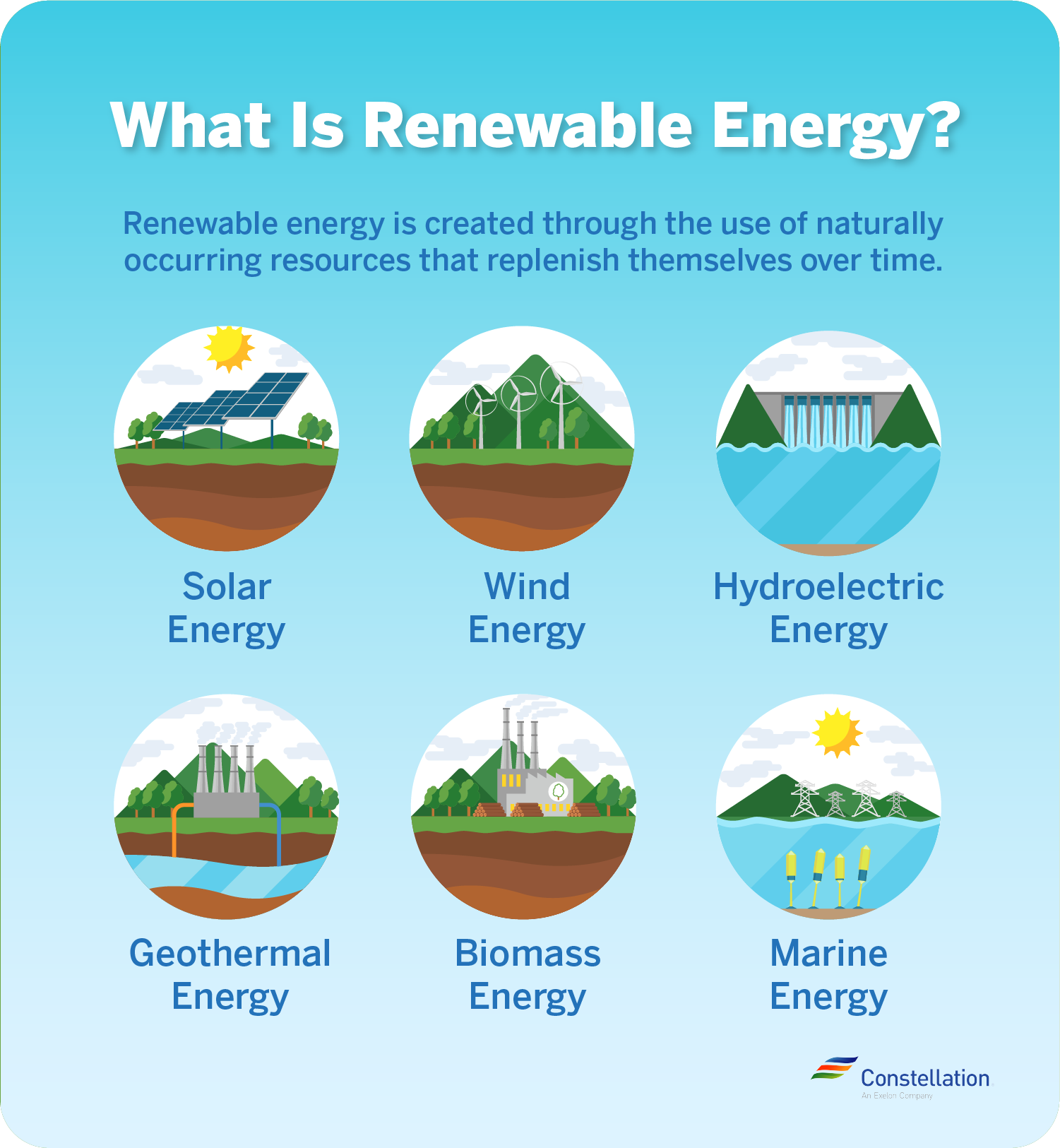Winds of Transformation: The Manner in Which Wind Energy is Reforming This Planet

As the world grapples with our urgent demand for sustainable energy solutions, transitions are bringing about a transformative phase of sustainable energy. These technological advancements at our fingertips today not only reshaping an energy sector; they are changing how we think regarding production, consumption, as well as the very future of our planet. With a focus on utilizing the power of nature—whether it’s via wind, solar, hydropower, or other means—this energy|they represents an essential route toward securing sustainable as well as eco-conscious world.
With innovative wind energy innovations to the rise of floating solar farms, the future is brimming with possibilities. Emerging technologies like artificial intelligence and distributed ledger technology are enhancing energy use and the trading of energy, and developments in storage solutions and smart grids create pathways for an eco-friendly tomorrow. As we stand on the brink for transformation, it's crucial to explore these transformative technologies and understand their implications for producing energy as well as the consumption thereof worldwide. Visit this page toward renewable energy is not just an option; it’s essential for a sustainable future.
Innovations in Clean Energy Technologies
The sustainable energy landscape is witnessing a significant shift with advancements across different fields. Wind energy is at the forefront, with progress in turbine design and performance making it a more feasible solution than ever. Developments such as larger, more powerful turbines and floating wind farms are facilitating the capture of wind in deep water locations, where traditional structures cannot function. These advancements are leading to higher energy output and reduced costs, playing a significant role to the global energy mix.
Solar power technology is also making strides that could revolutionize its role in the energy game. New methods for enhancing panel performance, including new materials and configurations, are enabling for greater energy harvesting with reduced space. Additionally, the rise of buoyant solar farms is drawing attention, as they provide multifunctional of water surfaces while minimizing evaporation and algae growth. These advancements demonstrate that solar energy can be harnessed in diverse environments, broadening its potential application beyond buildings.
Beyond these, the integration of smart technology is improving renewable energy systems. AI is playing a key role in forecasting energy production, managing grid loads, and allocating resource allocation. Smart grids enhanced with advanced sensors and analytics are enhancing the reliability and effectiveness of energy distribution. This shift towards networked, intelligent systems is essential for supporting the growth of renewable energy sources and ensuring a enduring energy future for communities worldwide.
The Integration of Energy Storage and Intelligent Grids
The integration of energy storage systems with intelligent grids is transforming the manner we handle and distribute clean energy. Energy storage systems, such as advanced batteries and other innovative solutions, allow excess energy generated from sustainable sources like wind power and solar energy to be saved for future use during periods of high demand or reduced generation. This capability not only improves grid reliability but also guarantees a steady supply of clean energy for users, thereby minimizing reliance on non-renewable energy sources.
Smart grids play a crucial role in this integration by utilizing digital communication technology to enhance the production and usage of electricity. These systems are capable of managing the flow of energy in real-time, providing utilities with the information needed to adjust supply and energy demand efficiently. For Helpful hints , when storage systems are charged, the smart grid can send back surplus energy back to the grid during high demand periods, making the system more robust and adaptive to fluctuations in energy supply and demand.
The combination of energy storage and intelligent grids also opens the door for increased consumer participation in energy management. By giving individuals and businesses the ability to monitor their energy consumption and storage capabilities, consumers can make more educated choices about their energy consumption. This user empowerment, together with supportive government policies, is vital for fostering a viable energy framework that enhances the benefits of renewable energy while minimizing carbon footprints across societies. ### Challenges and Opportunities in Future Energy Solutions

As the world increasingly turns to renewable energy sources, a number of challenges arise that need to be tackled to facilitate a sustainable shift. One of the primary hurdles is the intermittent nature of energy production, particularly concerning solar and wind energy. Sunlight and wind availability vary, which can result in possible shortages in energy supply. Moreover, current infrastructure frequently needs considerable improvements to handle the fluctuations of renewable sources. This situation opens up possibilities for innovation in energy storage solutions and smart grid technologies to boost reliability.
A further significant challenge is the requirement for considerable investment in renewable infrastructure and technological advancements. Collaboration between governments and the private sector is essential to gather funding to speed up the adoption of renewable energy systems. This creates opportunities for advancements in financing models, such as green bonds and public-private partnerships, that can make renewable technologies more accessible. Additionally, by emphasizing research and development, stakeholders can uncover new methods to improve efficiency and reduce costs, eventually making renewable energy more reachable.
Ultimately, the adoption of renewable energy presents significant prospects for job creation and economic development. Transitioning to a greener economy can lead to the emergence of new industries focused on energy efficiency, sustainable tech, and climate resilience. As communities invest in local renewable projects, they can spur job growth in installation, maintenance, and innovation sectors. Although there are significant challenges ahead, the push towards renewable energy can foster a more equitable and sustainable future, highlighting the importance of collective action and forward-thinking policies.
